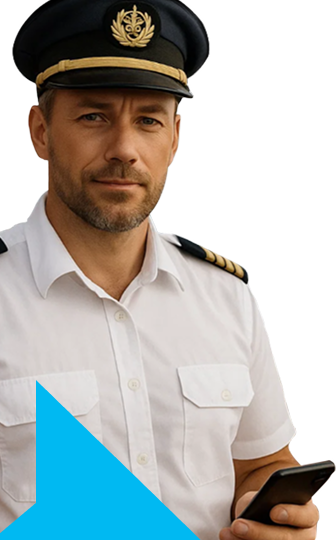ISM Document Management Software
Centralized, Secure, and Intelligent Document Control for Maritime Compliance
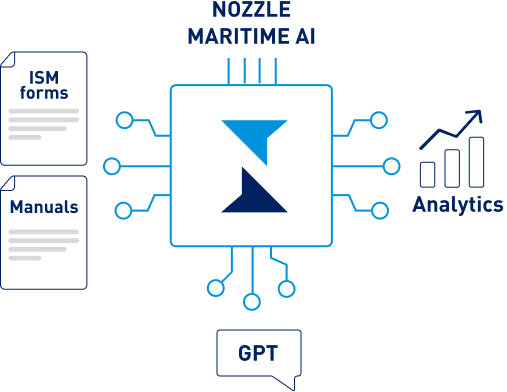
AI-Powered Document Intelligence
Capture & Analyze ISM Data & Identify
Analyzing large amounts of ISM compliance data manually is time-consuming. NOZZLE’s AI-Powered Document Intelligence automates this process by extracting insights from ISM forms and safety reports. Fleet managers can track trends, identify non-compliance risks, and make data-driven decisions to improve maritime safety.
- Extract key insights from ISM & ISPS forms.
- Identify compliance gaps & improvement areas with AI analytics.
- Generate automated compliance reports.
- Improve decision-making for HSEQ and fleet managers.
Document Library
Centralized Access to Compliance Documents
Managing ISM and ISPS compliance requires a well-structured approach to storing and retrieving important documents. The Document Library enables ship operators and crew to organize, access, and manage compliance records efficiently. A structured folder hierarchy ensures quick navigation, while searchable metadata and labels make finding documents easier. With built-in version control, users always access the latest, approved versions, ensuring regulatory compliance at all times.
- Organize ISM & ISPS documents with a structured folder hierarchy.
- Quickly locate manuals, reports, and circulars with advanced search filters.
- View and compare document revisions with version history tracking.
- Control who can access, edit, or download safety documents.
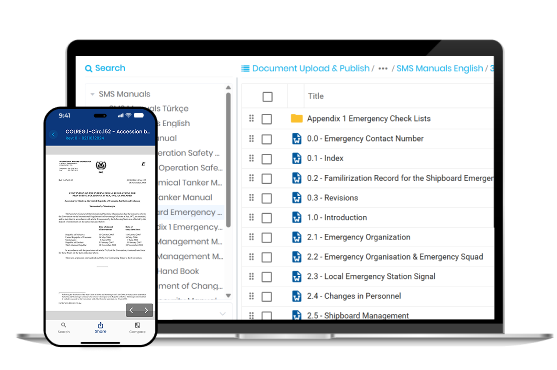
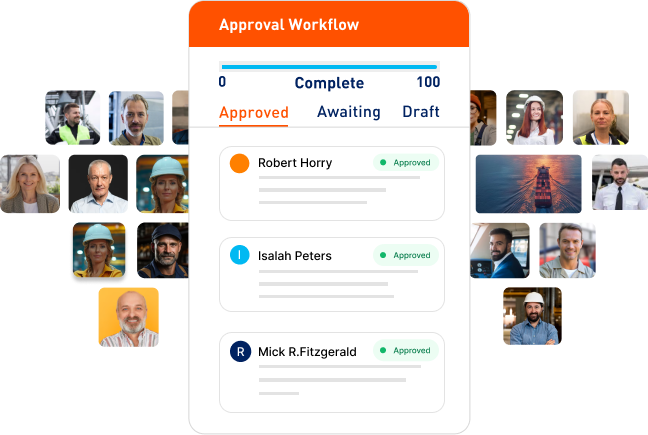
Mobile Document Management
Access & Update Compliance Records Anywhere
Maritime operations require flexibility, and Mobile Document Management ensures compliance isn’t tied to a desktop. Ship operators, crew, and HSEQ managers can access and update ISM & ISPS records from their mobile devices, ensuring tasks are completed in real-time. Whether onboard or in port, users stay informed with instant alerts on document approvals, revision updates, and compliance deadlines.
- View, edit, and approve ISM & ISPS documents from any device.
- Fill out digital forms and update revision records on mobile.
- Receive real-time notifications for pending approvals.
- Sync data automatically across all connected devices.
Offline Document Management
Work Without Internet – Sync When Ready
Ships often operate in areas with limited internet connectivity, making document access a challenge. Offline Document Management ensures that all critical ISM and ISPS files are available even when offline. Users can review, edit, and update documents, and changes automatically sync once back online. This guarantees that compliance tasks are never delayed due to connectivity issues.
- Access and edit documents without an internet connection.
- Allow offline document updates, syncing changes once online.
- Ensure compliance with remote document availability.
- Prevent data loss with automatic version sync.
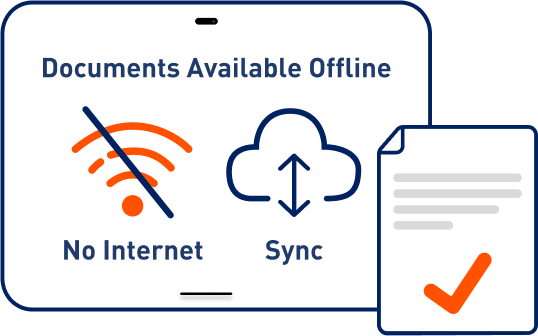
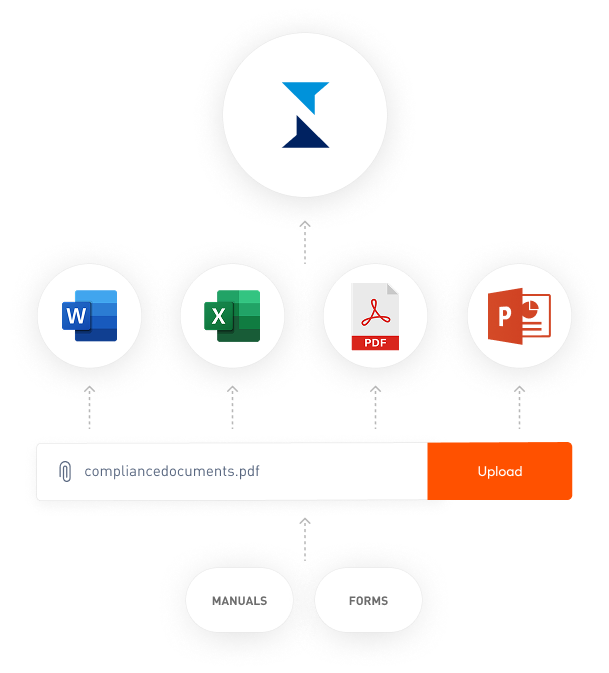
Multi-Format Document Support
Work with Any Document Type Seamlessly
ISM compliance documents come in various formats, making file compatibility crucial. NOZZLE’s Multi-Format Document Support allows seamless handling of Word, Excel, PDF, and PowerPoint files without needing third-party applications. Users can edit, compare, and update files directly within the system, ensuring standardization across fleets. This feature eliminates the hassle of switching between multiple tools, improving efficiency in shipboard document control.
- Upload and manage Word, Excel, PDF, and PowerPoint files.
- Edit documents directly within the system without external tools.
- Convert paper-based ISM forms into digital formats.
- Maintain document integrity with automated version control.
Document Labeling
Link Manuals, Circulars & References for Easy Access
With Document Labeling, crew members can quickly find relevant manuals, circulars, and compliance documents linked to their tasks. Instead of searching through multiple folders, they can access related materials instantly. Smart labels and structured categorization improve navigation, making compliance faster and more efficient.
- Tag ISM, ISPS, and QHSE documents for structured categorization.
- Link related manuals, circulars, and reference documents for quick access.
- Improve document searchability with pre-defined categories and filters.
- Highlight key sections with color-coded labels for better navigation.
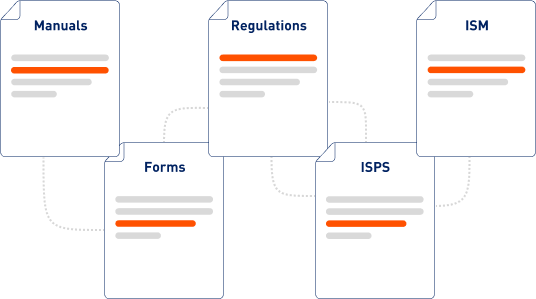
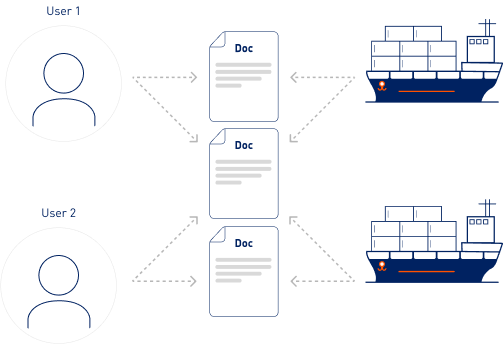
Access Control & Permissions
Ensure Secure Access with Role-Based Permissions
Not every ship or crew member needs access to every document. The Access Control & Permissions feature ensures that only authorized personnel can view or modify certain records. Fleet managers can set role-based restrictions, preventing unauthorized document downloads or edits. This protects sensitive ISPS security reports and ensures that only the latest, approved versions are accessed.
- Define who can view, edit, or download documents.
- Restrict access to sensitive ISM & ISPS security files.
- Assign permissions based on user rank, vessel, or department.
- Prevent unauthorized printing or downloading of key documents.
Digital Forms
Convert Paper-Based Compliance into Smart Digital Forms
Traditional paper-based ISM forms can be difficult to track, leading to compliance gaps and delays. NOZZLE’s Digital Forms feature allows users to fill, submit, and manage ISM checklists electronically, ensuring accuracy and efficiency. Crew members receive alerts based on their rank and assigned responsibilities, eliminating missed deadlines. Mobile and offline functionality allows forms to be completed from anywhere, syncing automatically when an internet connection is available.
- Digitize ISM & ISPS checklists for structured data entry.
- Assign responsible crew by rank, vessel, or department.
- Set automated deadlines and reminders for form submissions.
- Enable offline access to complete forms without an internet connection.
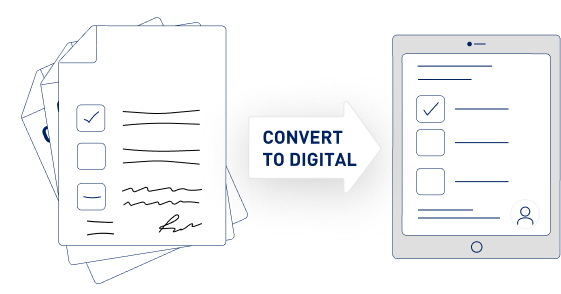

Revision Control
Track & Approve Every Change with Full Transparency
Ensuring that all ISM and ISPS documents remain up to date is critical for compliance. The Revision Control system logs every modification, providing a detailed history of changes for audit purposes. Users can track who updated a document, when, and why, reducing errors and unauthorized modifications. The approval system ensures that only verified changes are published, keeping fleet-wide compliance intact.
- Maintain a complete history of document updates and revisions.
- Compare past and new versions with side-by-side document comparison.
- Set up an approval workflow for document changes.
- Monitor revision timestamps, responsible users, and comments.
FAQ
Frequently Asked Questions
Testimonials
NOZZLE delivers reliable ship management solutions trusted by maritime companies worldwide. Our software helps fleets stay compliant, improve efficiency, and manage operations with confidence.

















